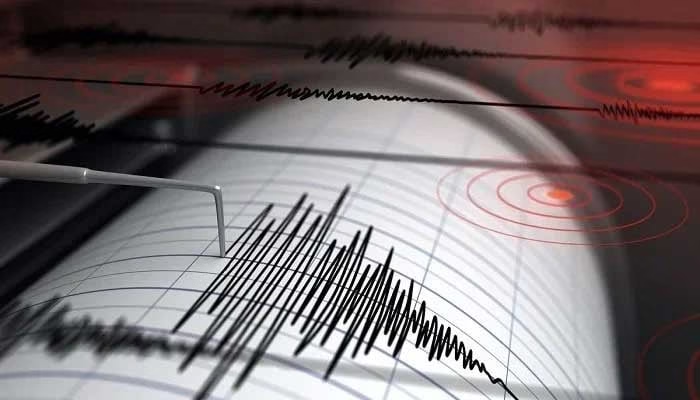On Wednesday, a 5.3-magnitude earthquake in Khyber Pakhtunkhwa and surrounding regions, including Islamabad, rattled residents and raised fresh concerns about seismic activity in northern Pakistan. According to the Pakistan Meteorological Department (PMD), the quake was felt across Peshawar, Swat, Malakand, Swabi, Mansehra, and parts of Gilgit-Baltistan. Though no casualties or damage were immediately reported, the tremors have once again highlighted the vulnerability of Pakistan’s northern areas to earthquakes.
Recent Earthquake in Khyber Pakhtunkhwa and Its Impact
The moderate earthquake in Khyber Pakhtunkhwa originated from the Hindu Kush region of Afghanistan, an area notorious for frequent seismic activity. Residents in Peshawar, Swat, and surrounding districts reported strong shaking, with many people rushing out of homes and offices in fear. In Gilgit-Baltistan’s Ghizer district, the quake was also felt, though no significant destruction has been recorded so far.
Over the past few months, northern Pakistan has experienced a series of tremors, often linked to the Hindu Kush fault system. Just earlier this month, another quake measuring 5.2 magnitude jolted Islamabad, Rawalpindi, and parts of Khyber Pakhtunkhwa, adding to concerns about seismic preparedness in the region.
Why Earthquake in Khyber Pakhtunkhwa is a Frequent Occurrence
Geologists point out that Pakistan lies on the boundary of two major tectonic plates—the Indian and Eurasian plates. The collision and constant movement of these plates create immense stress underground, releasing energy in the form of earthquakes. The earthquake in Khyber Pakhtunkhwa is a reminder of the region’s geographical vulnerability.
The Hindu Kush mountains, stretching into Afghanistan and northern Pakistan, are particularly active seismically. Earthquakes here often range between moderate to strong magnitudes, sometimes reaching destructive levels. In fact, the catastrophic 2005 Kashmir earthquake, which killed more than 80,000 people, also originated in this region.
Statistics Highlighting Seismic Risks
Pakistan has witnessed over 30 mild to moderate earthquakes in 2024 alone, most concentrated in the north. According to PMD, more than 60% of the country lies in zones that are at risk of seismic activity, with Khyber Pakhtunkhwa, Gilgit-Baltistan, and Kashmir being the most vulnerable.
In Karachi, unusual seismic activity was also reported this year, with more than 30 minor tremors detected in June, linked to movement along the Landhi Fault Line. While not directly connected to the earthquake in Khyber Pakhtunkhwa, such activity shows that the risk is spread across various regions of the country.
Preparedness After the Earthquake in Khyber Pakhtunkhwa
The moderate tremor has once again raised questions about Pakistan’s readiness to deal with larger earthquakes. Experts emphasize the importance of:
- Strengthening Building Codes: Many structures in Khyber Pakhtunkhwa and Islamabad are not built to withstand strong quakes. Enforcing earthquake-resistant construction is crucial.
- Public Awareness: Citizens should be educated about emergency procedures, evacuation methods, and safety drills during tremors.
- Early Warning Systems: While earthquakes cannot be predicted with certainty, improved monitoring systems can help in quick response and damage control.
Lessons from Past Disasters
The 2005 Kashmir earthquake and the 2015 Hindu Kush earthquake serve as grim reminders of the destruction such tremors can cause. Thousands of lives were lost, and infrastructure damage ran into billions of dollars. The latest earthquake in Khyber Pakhtunkhwa may not have caused casualties, but it underlines the urgent need for disaster preparedness.
How to Stay Safe
Experts recommend simple but effective measures to minimize risks during an earthquake:
- Drop to the ground, take cover under a sturdy table, and hold on until shaking stops.
- Stay indoors until it is safe to exit. Avoid elevators.
- If outside, move away from buildings, trees, and power lines.
- Keep emergency supplies such as first aid kits, flashlights, and water at home.
The recent earthquake in Khyber Pakhtunkhwa and Islamabad may not have resulted in damage, but it is another reminder of Pakistan’s seismic vulnerability. With the Hindu Kush region continuing to generate tremors, the country must invest in stronger infrastructure, public awareness campaigns, and disaster management strategies. Preparedness today can help save countless lives tomorrow.



